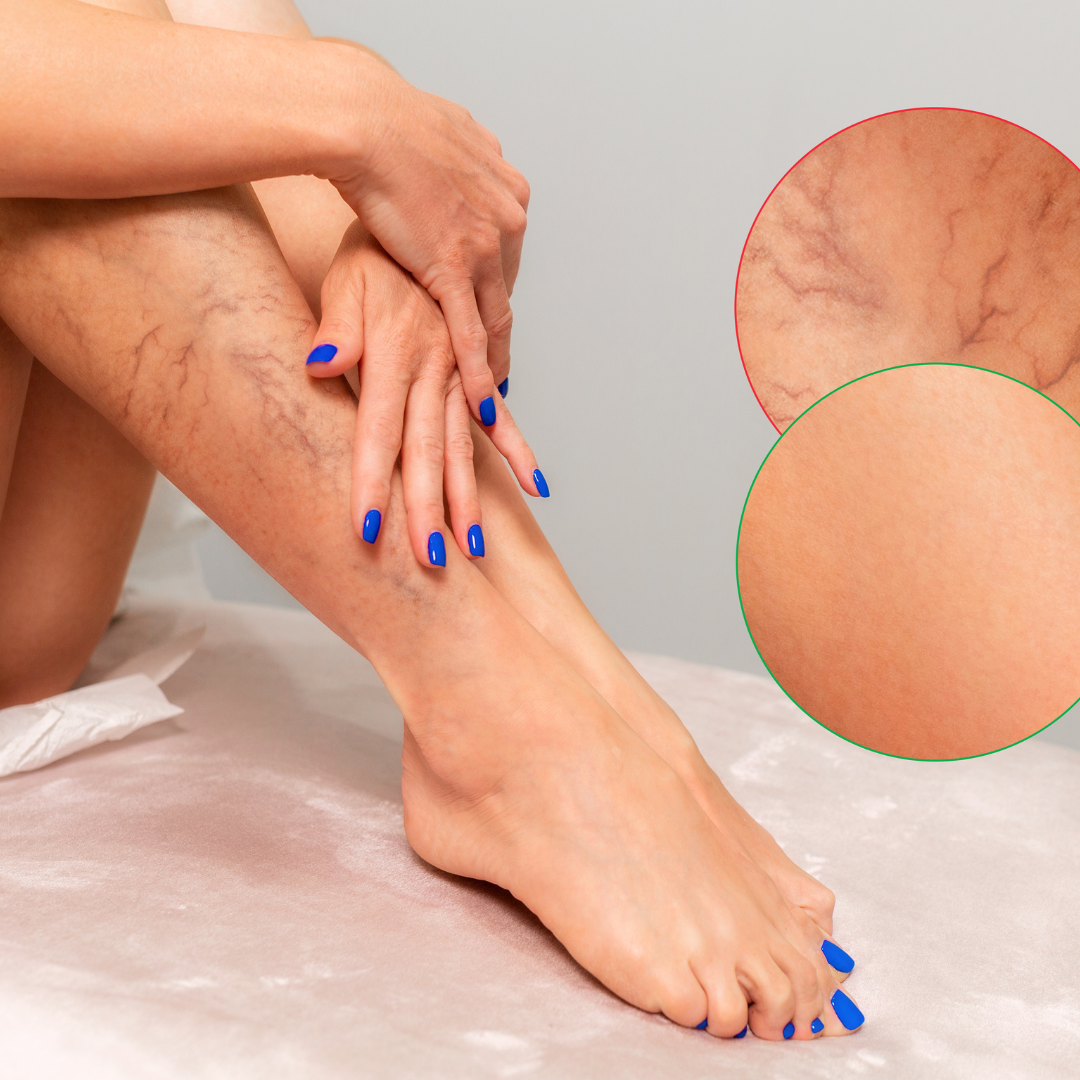
Introduction
Spider veins, those small and often unsightly veins that appear just beneath the surface of the skin, can be a concern for many individuals. While there are multiple factors that contribute to their development, lifestyle choices play a significant role. In this blog, we will delve into the impact of lifestyle on spider veins, specifically focusing on diet, exercise, and other crucial factors that can influence their appearance and progression.
Diet and Its Role
Your diet not only affects your overall health but can also impact the health of your veins. A diet rich in processed foods, excess sugar, and unhealthy fats can contribute to inflammation and weight gain, both of which can strain your veins and exacerbate the development of spider veins. To promote vein health, consider incorporating these elements into your diet:
- Fiber: A diet high in fiber supports healthy digestion and can prevent constipation, which can indirectly impact vein health by reducing pressure on blood vessels.
- Antioxidants: Foods rich in antioxidants, such as berries, citrus fruits, and leafy greens, help protect your blood vessels from oxidative stress and inflammation.
- Omega-3 Fatty Acids: Found in fatty fish like salmon and walnuts, these healthy fats support cardiovascular health and can reduce inflammation in your veins.
Exercise and Circulation
Regular physical activity is one of the most effective ways to promote healthy circulation and prevent spider veins. Exercise helps maintain a healthy weight, improves blood flow, and strengthens your leg muscles, which in turn assist in pumping blood more efficiently back to the heart. Here are some exercise tips to consider:
- Cardiovascular Exercise: Activities like walking, jogging, swimming, and cycling enhance circulation and reduce the likelihood of blood pooling in your veins.
- Leg Exercises: Incorporate exercises that target your calf muscles, as they play a crucial role in aiding blood flow against gravity. Leg lifts, squats, and calf raises are beneficial.
- Compression Exercise: Consider wearing compression stockings during workouts to support circulation and reduce the strain on your veins.
Other Lifestyle Factors to Consider
Beyond diet and exercise, there are other lifestyle habits that can impact spider veins:
- Avoid Prolonged Sitting or Standing: If your job requires you to sit or stand for long periods, make an effort to take breaks and move around. This prevents blood from pooling in your lower extremities.
- Maintain a Healthy Weight: Excess weight can put additional pressure on your veins, increasing the risk of spider veins. A balanced diet and regular exercise can help you achieve and maintain a healthy weight.
- Stay Hydrated: Drinking an adequate amount of water helps maintain blood viscosity and prevents your blood from becoming too thick, supporting proper circulation.
- Avoid Tight Clothing: Tight clothing can impede blood flow and contribute to the development of spider veins. Opt for looser-fitting attire, especially around the waist and legs.
Conclusion
Your lifestyle choices have a substantial impact on your vein health, and making conscious decisions can go a long way toward preventing or managing spider veins. By maintaining a balanced diet, engaging in regular exercise, and being mindful of other lifestyle factors, you can promote healthy circulation, alleviate strain on your veins, and reduce the likelihood of developing spider veins. Remember, small changes can make a big difference in enhancing the health and appearance of your veins over time.